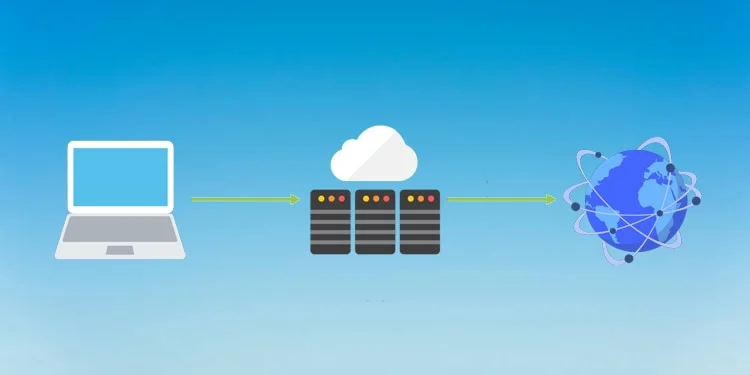There is no doubt that technology for cellular phones is rapidly evolving. Today’s 4G networks are being upgraded to 5G, which will make them faster than ever before.
With each new generation of network is released, more and better devices are accessible. Older cellular technology will gradually become obsolete as cellular technology continues to advance.
1G
Mobile phone network’s first networks were launched in the year 1980. Since then, every technological advancement in the network has enhanced capacity and quality. Every new generation comes with distinct advantages and features that are improved on the previous one.
The first generation of cellular networks, also known as 1G, used analog technology to allow users to only use voice communication. The 2G generation that followed, introduced the use of digital voice as well as SMS messaging.
2G was followed by 2.5G networks, which included packet switching using GPRS and EDGE technology. This dang ky wifi viettel paved way for the creation of high-speed mobile data. Mobile data connections are limited in terms of capacity. These limitations are often caused by restrictions on data plans, caps on hotspots, and video throttles.
2G
2G introduced data transfers on top of the voice to enable SMS. Data transfers, using the same control channels that were used for voice calls, allowed users to send text and pictures between mobiles. The technology was so widespread that it revolutionized communication for the ages. Candy bar phones, such as the Nokia 3210 that sold more than 160,000,000 units, also came out.
Globally, 3G networks were launched and introduced mobile internet. The users could surf on the internet or utilize basic apps. Additionally, it opened the way for more advanced features such as HD mobile TV and video conferencing.
This faster transmission of data allowed for sophisticated functions like HD Mobile TV and Video Conferencing. It also made it possible to create mobile IoT applications such as NB IoT and LTE M.
3G
Due to the growing popularity of smartphones, it became evident that the 2G network would not be enough for data traffic. It was evident that 2G was not enough to handle the volume of data.
GSM networks evolved from analog to digital technology in the 1990s. It was the beginning of the transition towards 3G networks.
3G provides significantly faster speed of data transfer than previous models. The 3G network enabled internet access on mobile devices. Businesses could remain connected on the move.
The end of the 3G era is coming and many major carriers will shut down their legacy networks in favor of 4G LTE. This will impact technology like home alarms, GPS systems, and cell phones. You can prepare yourself for the change and ensure that your equipment continues to work smoothly.
4G
It is expected that the 4G mobile network’s evolution could change the entire landscape. The new mobile connectivity provides more data speeds, a higher connection density, as well as less latency.
Because of the high saturation of 3G networks as well as their slow data speed 4G offers a superior service that supports high-end mobile gaming as well as HD mobile TV services. Also, it supports video conferencing, IP telephony, and HD television on mobiles. It achieves this using beamforming antennas with the ability to increase directional gain, which improves Ricean factor as well as SNR.
The smartphone is a major factor in the 4G ecosystem. This device is believed to be the reason why 4G so successful. However, it’s also expected to act as a catalyst for smart innovation across a variety of sectors. The innovations will help companies increase productivity and decrease cost. They also will raise the standard of living for all people in the world.
5G
As new technologies are developed and get more efficient, their impact will be unexpected. As an example, 5G is expected to be able to process massive amounts of data with very low latency, meaning that buffering screens on streaming services and virtual reality apps could very soon be gone forever.
To achieve 5G’s high speed, it makes use of millimeter wave (mmWave) because they can transport greater amounts of information. The technology employs beamforming that allows it to focus on devices with stronger signals and uses less energy.
The development of mobile technology is driven by the same factors like previous generations, including additional services, higher speeds and increased capacity. The changes are more drastic this time around.



